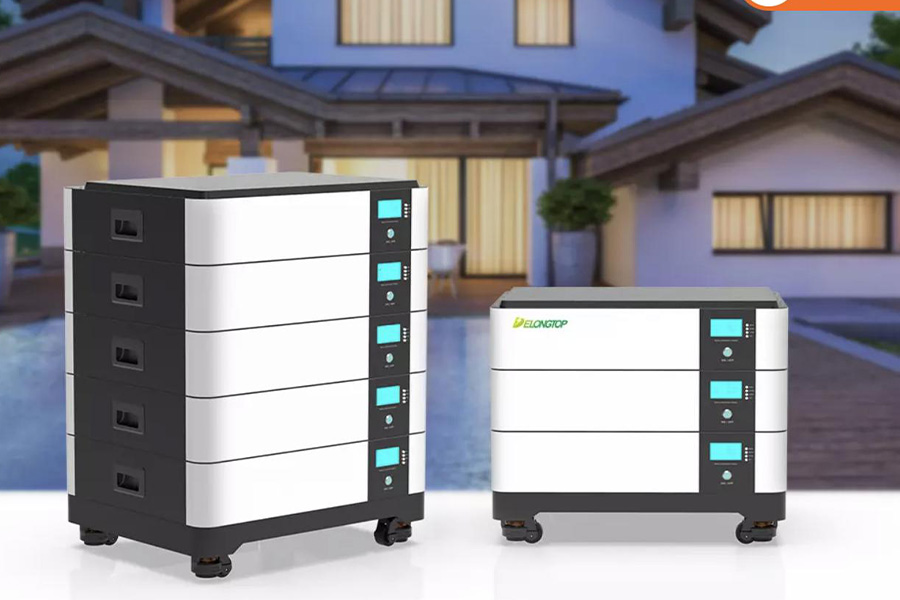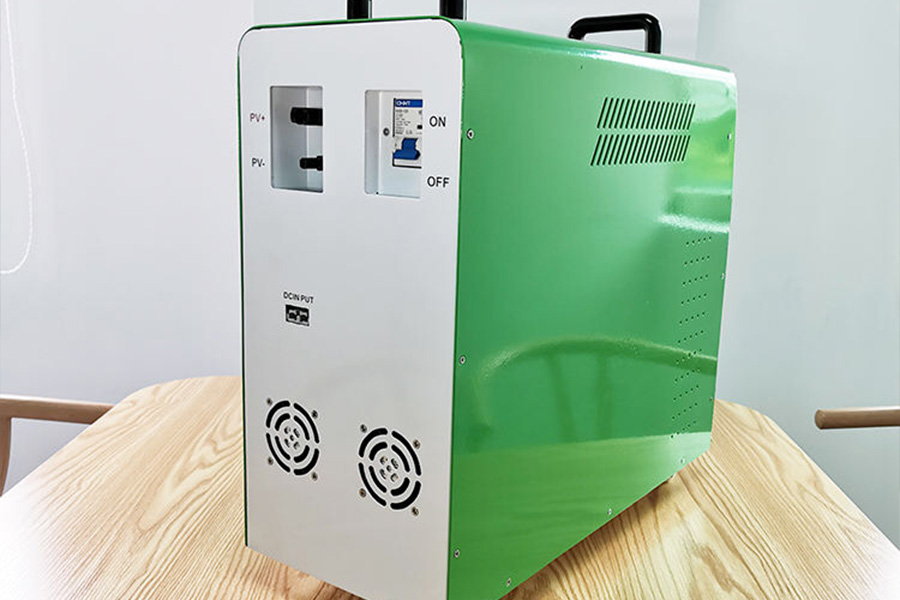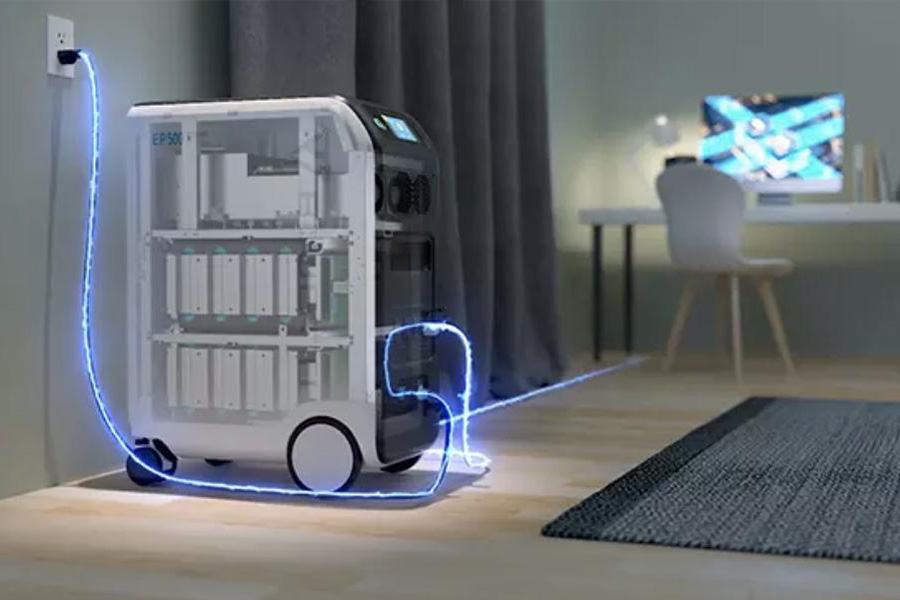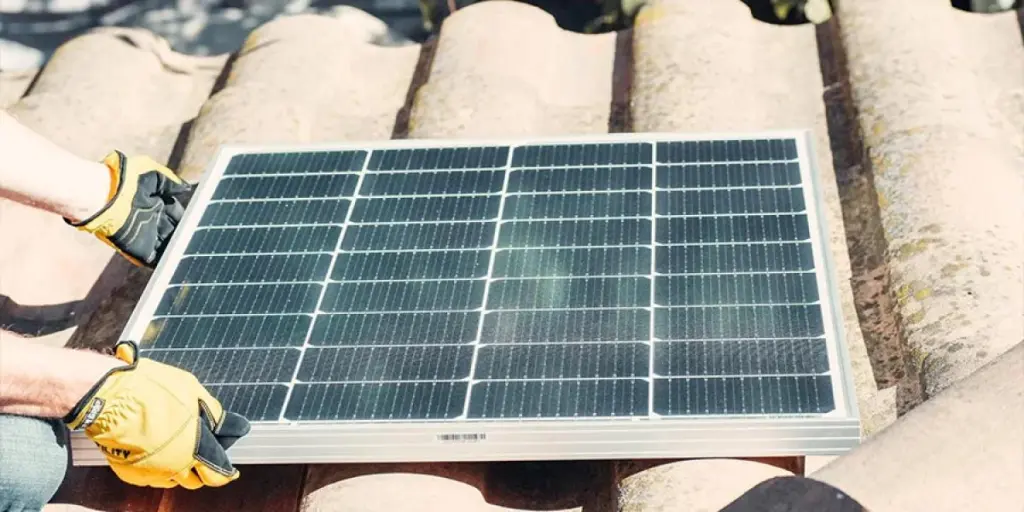The home-based renewable energy system is rapidly transforming the energy market, providing usable and affordable energy for most homes and eradicating the challenge of energy generation and load distribution. With the current rise in energy consumption, homes are constantly seeking eco-friendly, cost-effective, and stable power supply alternatives that can satisfy their electricity needs. This state-of-the-art storage technology helps to store energy from renewable sources like wind, hydro, biomass, and solar, then converts it to usable power during grid outages.
The global market for battery energy storage systems is expected to grow at a robust CAGR of 26%, moving from US$ 3.54 billion in 2021 to US$ 44.86 billion by 2032. The increasing demand for dependable energy supply and grid battery storage by end-users proves there is a market opportunity for battery storage systems.
Table of Contents
Why are household batteries in hot demand?
Key things to consider before choosing a household battery
Top 4 recommended household batteries for energy storage
Conclusion
Why are household batteries in hot demand?
The concept of energy storage systems has paved the way for the generation and storage of excess energy, which is then reused during blackouts. This energy is absorbed from solar panels when the sun has high intensity (daytime) and used when the sun has a poor intensity (nighttime). Ultimately, the collection of generated energy from renewable energy sources has helped ensure reduced power disruption, especially in developing countries, and on the other hand, shrinking the environmental footprint.
Household batteries are particularly in hot demand due to their affordability and environmental friendliness and are likely going to dominate the mainstream market in the next 10-20 years. Statistically speaking, the global battery energy storage market size rose to US$ 10.88 billion in 2022 and is predicted to reach US$ 31.20 billion by 2029, exhibiting a CAGR of 16.3% during the forecast period.
Key things to consider before choosing a household battery
The business of picking the right type of energy storage battery is a tricky one. Not all storage systems have the design to scale a business. However, with the understated factors, it is possible to assimilate the type of batteries customers want and use that scope as a strategic resource for competitive advantage.
Battery cost
The Kwh battery cost is a crucial factor when deciding which battery to go for. Consumers prefer budget-friendly energy storage alternatives that are self-sufficient, eco-friendly, and effective. To satisfy consumers’ huge demands, measures must be taken to ensure the purchased batteries possess the design and capability to deliver the needed results. Most less expensive battery options rarely come with high storage capacity. Some of them come with a reduced warranty, and in some cases, lack after-sales support. These limitations have to be duly considered when deciding which battery to go for.
Storage capacity
Load carriage is a factor not to be overlooked when searching for battery energy storage systems. Consumers often express readiness to acquire batteries that can carry critical loads in the house. For example, an 8kW inverter will not be able to power a 10kW air conditioner unit, regardless of whether the unit only consumes 3kW during normal operation. Using low-capacity inverters to power high-capacity equipment means machines reaching 10kW of power, which could spell disaster in the future.
A good way to manage power overload issues is by opting for an inverter that can bear loads of high-capacity devices in the house, rather than getting an option that should bear the load of the whole house power.
Environmental rating
Battery life can be shortened when it is exposed to a bad environment. Batteries are generally affected by moisture, high temperatures, and dust. Some heavy battery electric storage systems are sometimes found outside the house, where they might be exposed to rainfall or water splashes. In conditions where it is necessary to position a battery outside of the house, be sure to build a sizable house, with good ventilation, for the battery. Conducting a thorough environmental check before moving an inverter to its designated home is crucial, and it is also the installer’s job to ensure the battery energy storage system is fixed properly at a suitable location. But batteries with the IP65 rating can be placed anywhere since they can tolerate direct water spray and dusty atmospheres.
Battery energy efficiency
To make the most out of a battery energy storage system, learn about its efficiency and capacities. Lead acid batteries have very low efficiency, so more expenses are used to manage their daily cycle. Lithium batteries have an improved technological makeup that enhances their efficiency, although this type of battery can self-discharge at the rate range of 1.5–2% per month (the rate can also increase based on temperature conditions and how they are charged). Note that battery efficiency does not count for off-grid systems, since they operate differently and require a huge amount of energy generation and storage capacity to function efficiently.
Top 4 recommended household batteries for energy storage
Lithium solar battery
This lithium solar battery is a rechargeable energy storage system that can be recharged by the solar panel, thereby enabling the absorption and storage of excess solar power. It supports parallel connection (up to 5 systems). It is vibration friendly, with a secure and comparable design that accommodates ports (for external connection), switches, and other keys.
Its application is vast, but the most common are in wind systems, solar systems, telecom, UPS, emergency lights, and solar lights.

Features
- Supports inverter communication
- Offers a max. of 8,000 deep life cycles
- Can be moved around easily within the home
- Space saving advantage
- Supports smart communication
Price range: $1,564.66 – $1,584.72
The pros
- High energy density
- Secure and compact design
- High energy generation, ranging from 10 kWh to 50 kWh
- Smart technology (supports inverter communication)
- Supports customization
- Recharges with clean energy
The cons
- Does not provide a robust and sophisticated recharge technology and requires battery protection and management systems
- Requires close attention and maintenance for a safe operation
Off-grid solar energy storage system
The off-grid solar energy storage system is designed to supply power during power outages. It is made up of three functional modules, which include a solar controller (functions using the PWM control algorithm and a smart battery management system), a sine wave inverter, and an isolation transformer. This option is very suitable for various electrical appliances. It offers a flexible system configuration and is equipped with an 80Ah battery. It also possesses an extra ability to improve the battery pack capacity.
This system conveniently achieves uninterrupted power availability using a battery storage system and an inverter, and mainly operates with a gel battery. Gel batteries are robust and versatile, well known as lead acid, valve-regulated batteries, with minimal demand for maintenance.

Features :
– Utilizes smart technology
– The inverter has pure sine wave output
– Offers impact-resistance and overload performance
– 10 years lifespan
– Ensures constant power supply
Price range: $460.27 – $520.31
The pros
– Noiseless technology
– Can be transported easily
– High power generation
– Can be used in high-powered electrical appliances
– Used for outdoor lighting, mobile phone charging, and home power supply
The cons
– Limited energy storage
– High cost of first installation
Solar panel charging energy storage system
This solar panel charging energy storage system can conveniently power high-capacity home electric appliances like clothes dryers, stoves, in-wall electric heaters, refrigerators, coffee makers, etc. This storage system is easy to control and is designed with an interactive touch screen that shows the working status and data of the machine. This is an environmentally-friendly system with a battery energy storage system design that offers an outage backup.

Features
– Has an advanced battery management system
– High safety and durability value
– Has a built-in dual-core microcomputer and internet connection
– Multiple DC output ports for RV house power supply
– Has an interactive touch screen that shows working status
Price range: $2,984.00 – $3,078.00
The pros
– Has a seamless UPS backup
– Offers 24/7 outage projection
– Offers grid surge protection
– Dual wireless charging
– Portable and cool design
The cons
– Requires close monitoring and human control
– Requires battery protection
All-in-one solar inverter
This all-in-one solar inverter, as the name implies, has a versatile design and applications. Its design incorporates solar charger, grid, and solar regulators. It has a seamless switchover that helps to keep the home constantly powered during blackouts. The battery can be powered by the city’s electricity or a solar panel. During energy generation, the solar controller, solar inverter, and solar battery are engaged, and each of those technologies gets tested independently during the production process. The inverter system is designed to reduce installation complications and to offer an ‘ease of use’ experience to customers.
Features
– Wireless charging, with an external battery
– Offers 10 years warranty
– Can be operated and monitored using the app
– Has versatile usability and application
Price range: $2,289.68 – $2,389.67
The pros
– Environmentally friendly and suitable for home use
– Does not take up a large space
– User-friendly design
– Very easy to install
The cons
– Requires close monitoring and human control
– The all-in-one features (solar charger, grid, and solar regulators) can not operate simultaneously.
Conclusion
A household battery energy storage solution ultimately helps to minimize power disruption and reduces the users’ carbon footprint. This power system is gradually dominating the global market as the world is already tending to the era of the green and clean energy revolution. And not only is it a safer and more efficient option but equally economical. This is arguably a future-relevant investment that can shoot a business to the next level. Click here to find a group of high-performance household batteries that can effortlessly deliver uninterrupted power supply to customers’ residences.




